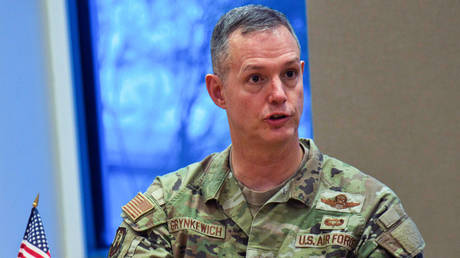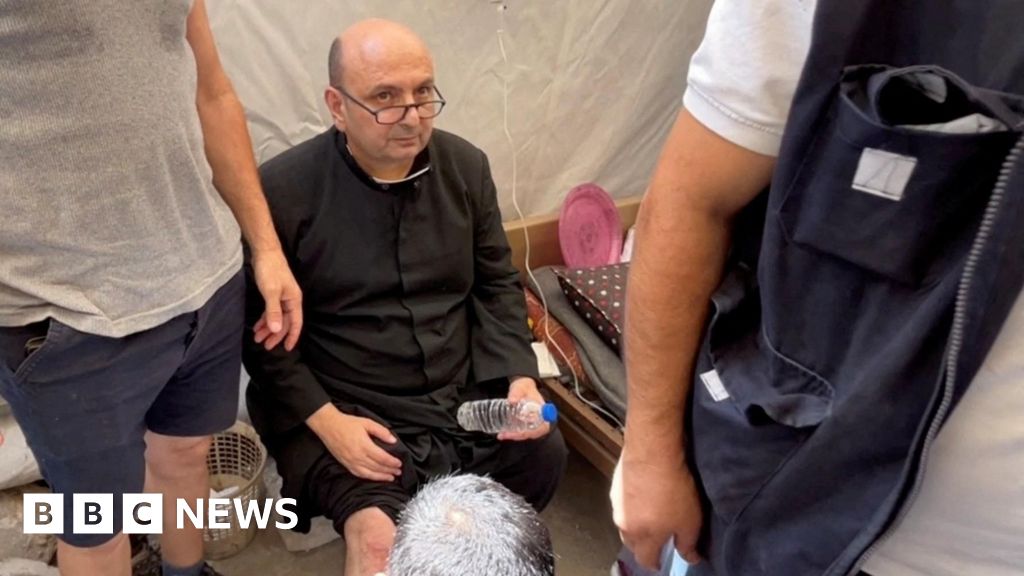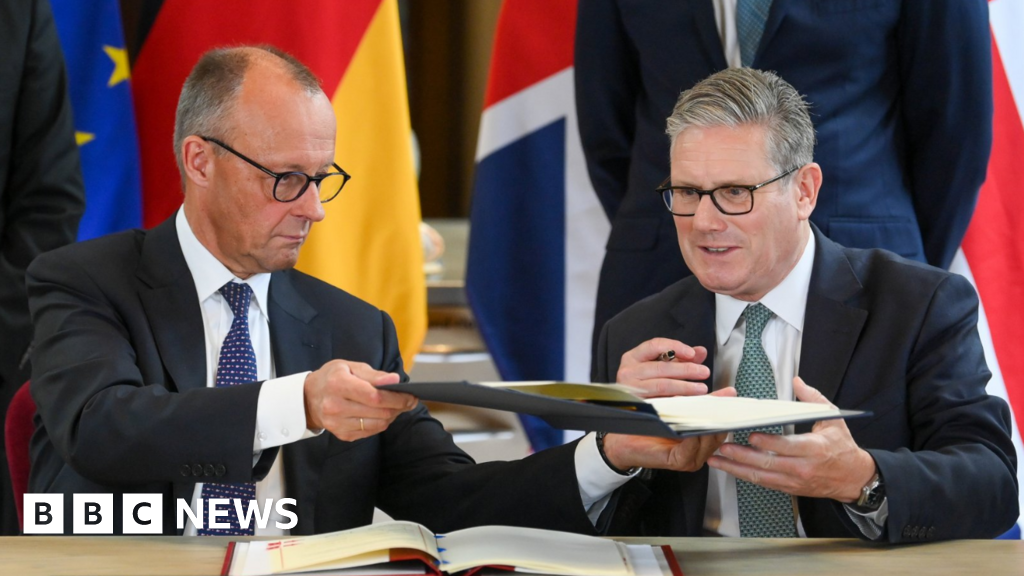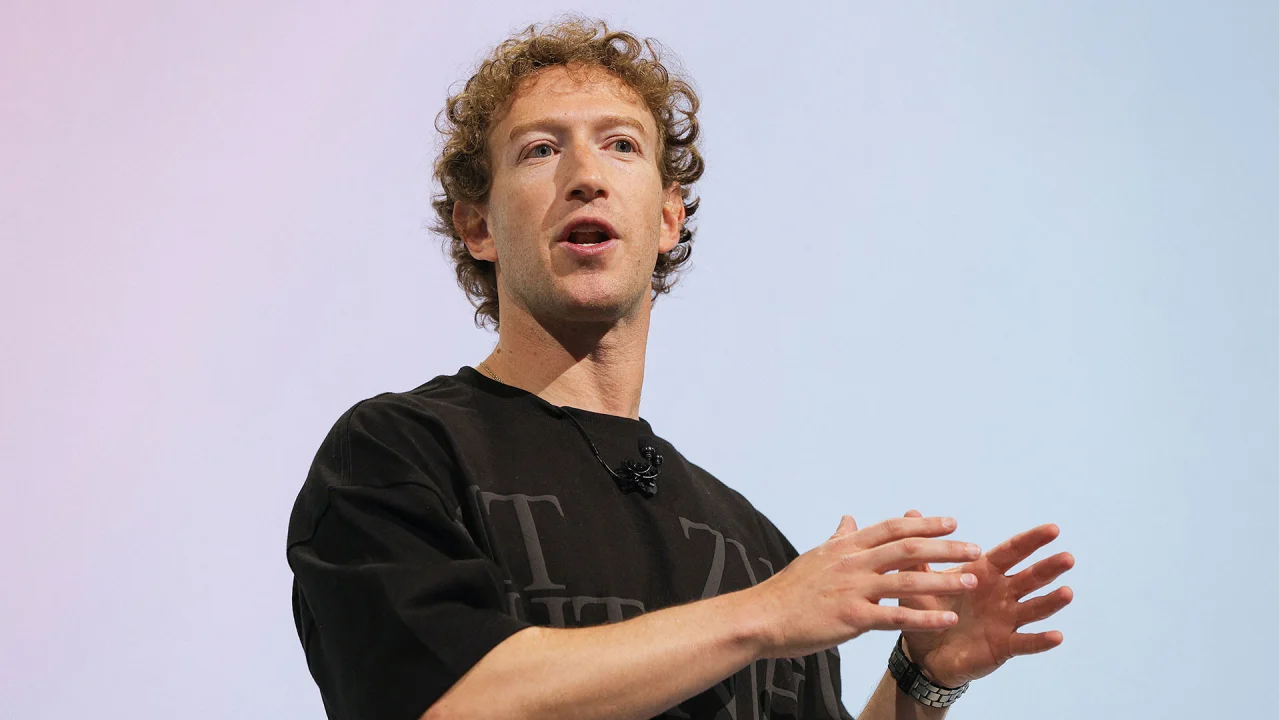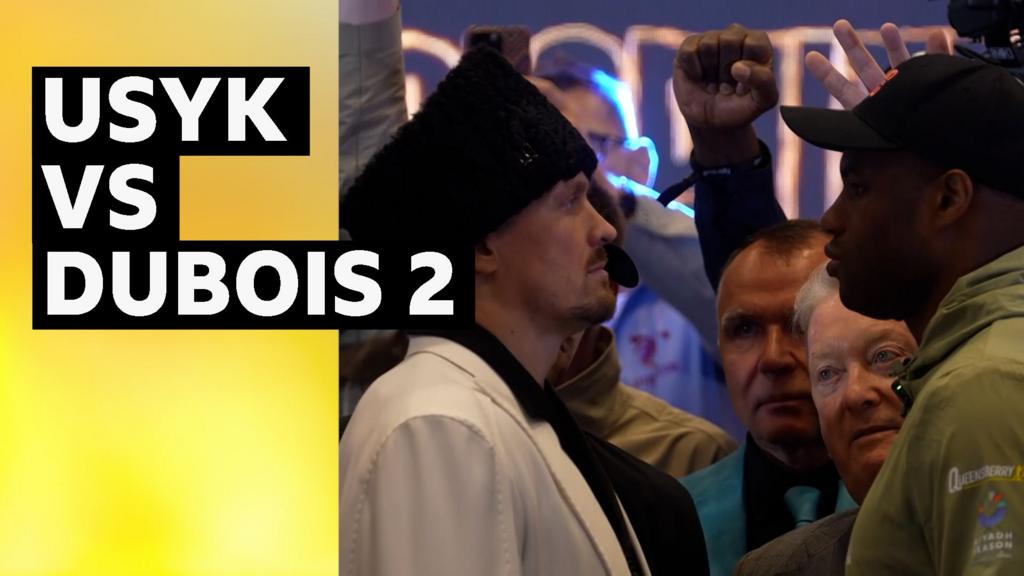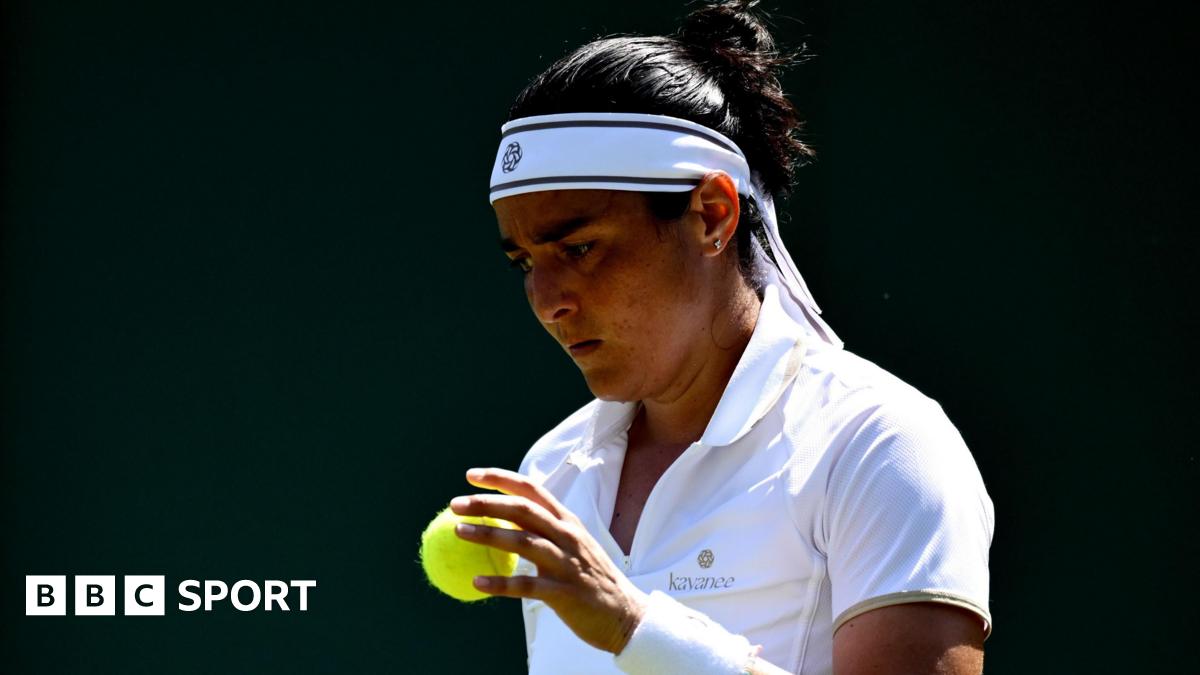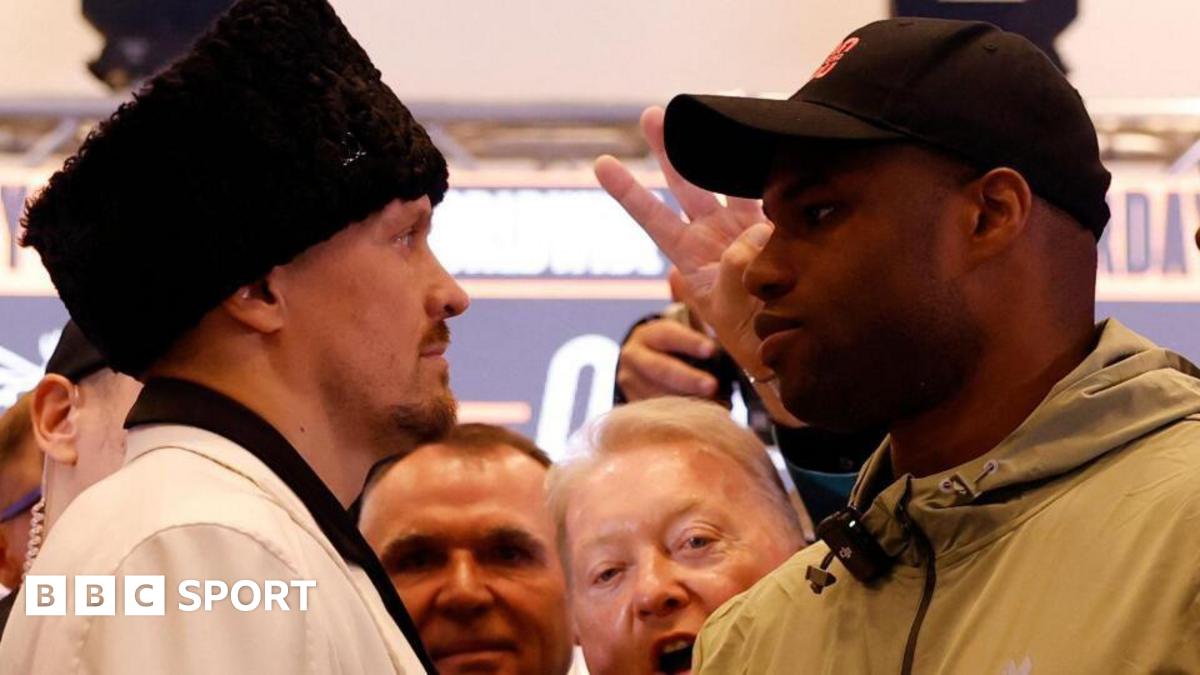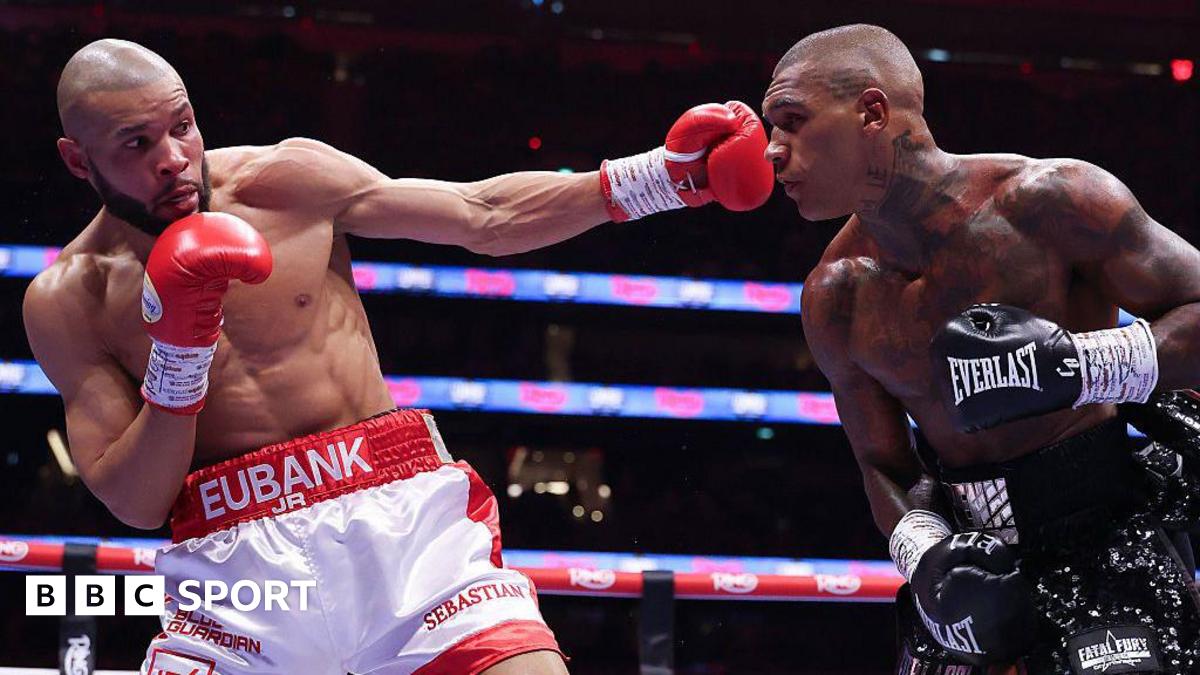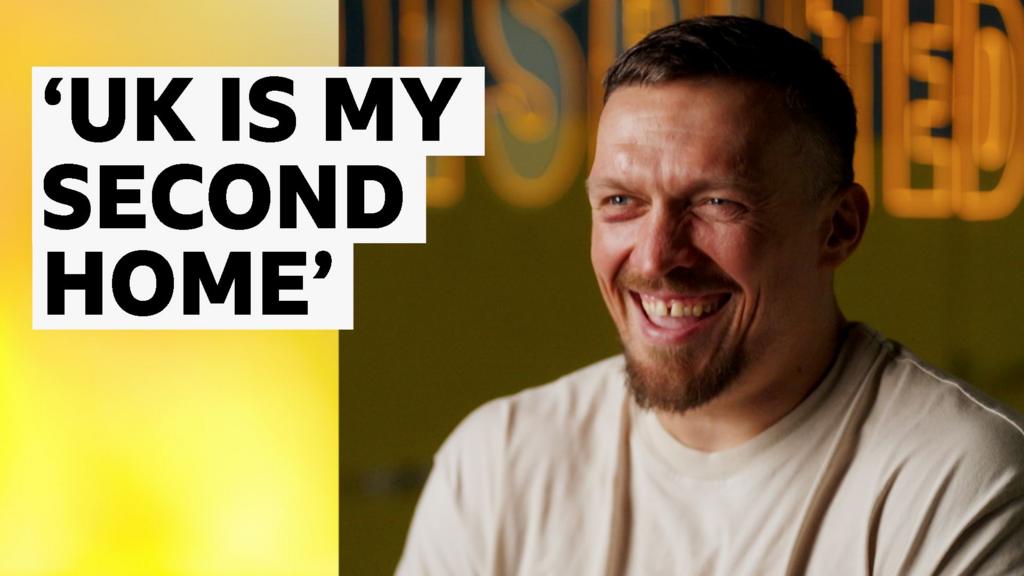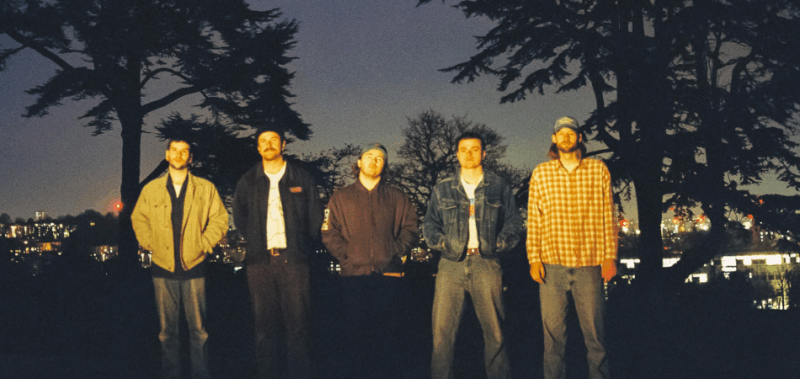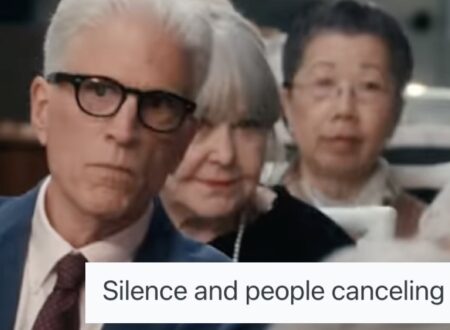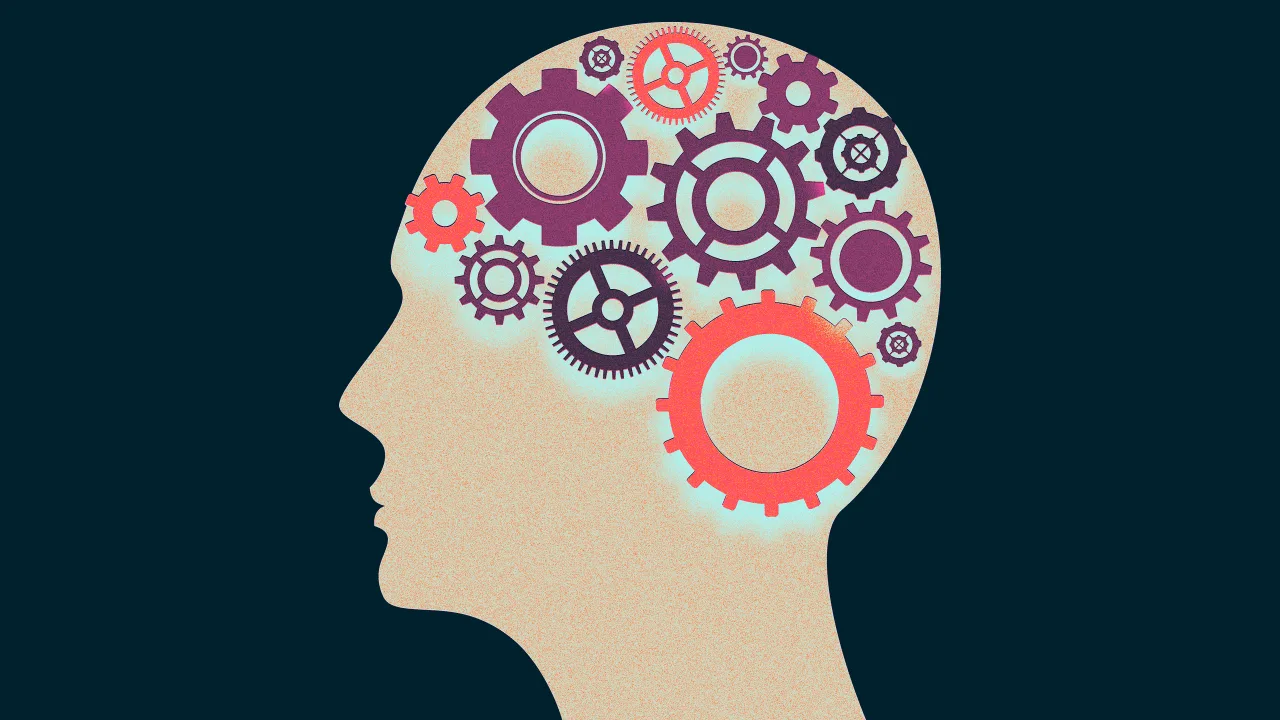Philanthropy cannot be the global aid plan B

Bill Gates recently sounded the alarm: with massive cuts to foreign aid, global child mortality is set to rise—for the first time in decades. Since the Trump era, more than 80% of USAID contracts have been slashed, and the shortfall is being felt across the world’s most vulnerable communities.
As a result, there is an urgent need to address how global issues are tackled, making the private philanthropic sector more important than ever.
It’s tempting to assume that philanthropy should simply step in and focus on filling the gap. But that in my view would be a mistake, and a missed opportunity.
Philanthropy, at its best, isn’t built to replace government-scale aid. Its real potential lies in its agency to take a longer term view and absorb risk needed to tackle the seemingly intractable issues we face. And in this moment of global disruption, that’s needed more than ever.
There is a real danger that the primary focus of philanthropic funding pivots towards being a backstop for foreign aid. My fear is that this new role detracts from the real power of philanthropy, which lies in its ability to tackle systemic issues by funding the radical innovation needed to deliver more equitable futures.
A moment for philanthropy to embrace breakthroughs
Philanthropy is at a crossroads. Traditional models of giving are no longer sufficient to address the complex global challenges we face and the uncertain times we live in. At the same time, too few philanthropists understand their potential in helping tackle them.
Let me be clear: I am not criticizing philanthropy’s storied history. Philanthropists should be proud to be part of a tradition that has had many successes since the Industrial Revolution. Private donors have helped to fund important social advances—from the near-eradication of polio to women’s liberation and equal marriage.
Now, as we face rising uncertainty, is the moment for philanthropy to step up and embrace its true superpower: the ability to embrace risk to make breakthroughs. The ability to commit beyond just signing checks. A commitment that also requires time, perseverance, and expertise.
A time for a new mindset
In 1962, President John F. Kennedy called upon his fellow countrymen to put a man on the moon by the end of that decade.
As I look at the challenges we face globally, the solutions look just as far away from our reach as the moon did to Kennedy. Today, I do not believe that voters and taxpayers would be as accepting of such a bold and audacious goal.
At the same time many global corporations, some with more capital than nation states, recognize their potential to contribute to tackling the world’s greatest challenges. They are stepping up, making huge risky investments in potentially profitable, transformative ideas. But their obligation to deliver shareholder returns leaves little room to deliver the high-risk, transformative work where it’s desperately needed.
We need to change our thinking about who delivers that change and how it’s done. Systems change philanthropy can play that role, but only if philanthropists with the passion, resilience, and risk appetite are encouraged to use their capital for transformative impact. It is this superpower that will enable philanthropy to privatize and absorb the cost of failures, but also socialize its success for the good of all.
A partnership, not a substitution
Philanthropy has the power to change the tide and create the conditions for larger institutions to act. They don’t replace those institutions; they inspire, enable, and de-risk their intervention; it is philanthropists’ strategic collaboration with partners, experts, and convening institutions that can ensure targeted and effective action.
My work has focused on tackling the issue of uncorrected poor vision, which affects 2.2 billion people globally—a mission that has been at the heart of my philanthropy for the last two decades. For the first decade, my focus was on delivering universal vision correction to the nation of Rwanda. While we achieved our goal, after a long-term effort by a team that included a funder, many partners, and all kinds of experts, correcting poor vision remained a low-priority health issue on the global agenda.
This resulted in transforming one country’s healthcare system. But change can’t happen one country at a time. Without institutional support, I quickly realized that philanthropy would not make enough of a dent in solving the global poor vision challenge. It misses the point of what each does best.
It’s about the legitimacy, scale, and convening power that governments possess. When a government or international organization commits to a cause, it signals to the world that this issue matters at the highest levels of policy and diplomacy.
Our global vision campaign, Clearly, was born out of this realization. And it was the inflection point achieved by lobbying the UN to shift its thinking, from vision correction being a low priority health silo issue to being recognized as a high-priority development issue, that led to a resolution committing every country to “eyecare for all” by 2030.
By taking the risk to reframe vision correction, it created the evidence base and political momentum that governments needed to act. This is the model for philanthropy’s future: creating breakthroughs that make government intervention more effective.
Philanthropy cannot be a stopgap—but it can kick-start a revolution to address the world’s biggest challenges.
What's Your Reaction?
 Like
0
Like
0
 Dislike
0
Dislike
0
 Love
0
Love
0
 Funny
0
Funny
0
 Angry
0
Angry
0
 Sad
0
Sad
0
 Wow
0
Wow
0




